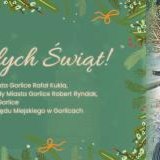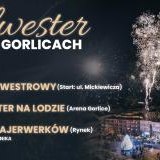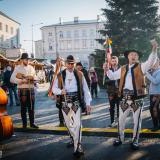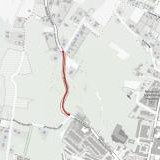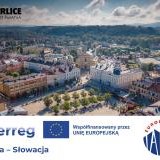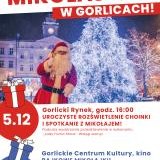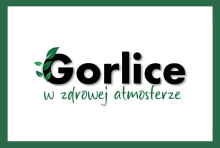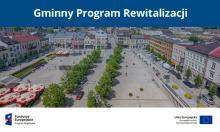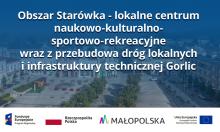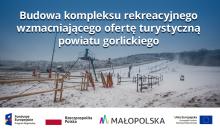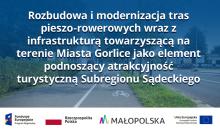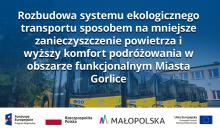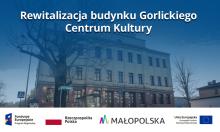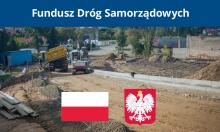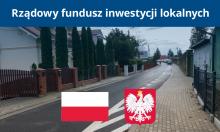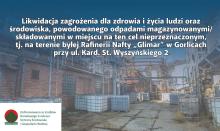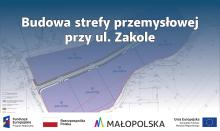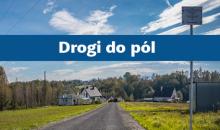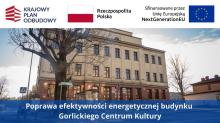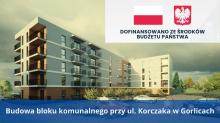Visit Gorlice (ENG)
Treść
Gorlice - city of light!
There are still some places in Poland, which despite its beauty and uniqueness, are not very known to the public, which natural beauty is unspoilt by tourists who wait in huge lines only to see another trendy spot. One of these undiscovered places is Gorlice – a lovely town located in the Low Beskids. This region can offer a lot as there are many wonderful spots, architectural wonders and memorabilia after events, which had an immense impact on the history of Europe and even on the whole world.
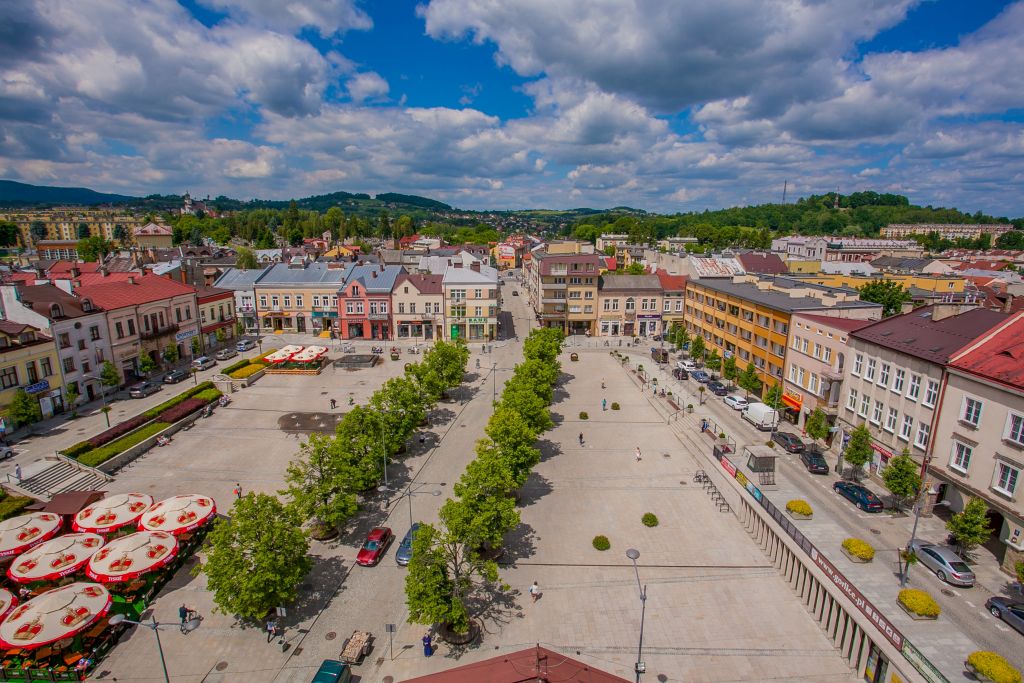
Gorlice - a town surrounded by several mountain ranges of the Low Beskids (a part of the Carpathian Mountains). It is located on the Polish- Slovakian borderline and it is a place that is definitely worth seeing. Many people entranced by landscapes, history and people of this region love to come back here. Everyone will find something for themselves: enthusiasts of history and nature, ecologists, poets, young people but also the elderly, who are seeking for relaxation after many years of hard work. Come to Gorlice and you will see that it is worth visiting! You will have a great chance to discover a place where time passes much slowly, where you can forget about all your worries and troubles. Feel this microclimate of kindness, candour and closeness to nature.
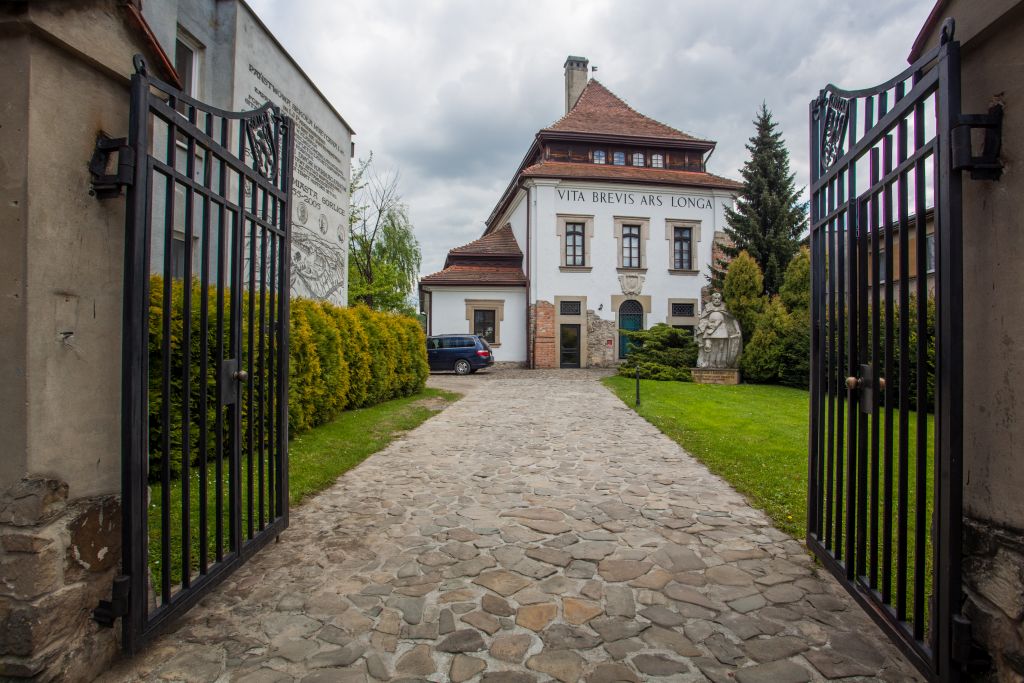
Gorlice can pride itself on rich and interesting history, full of metamorphosis present and attractive plans for the future. The town, which lays on the old Hungarian merchant transit, was inviting many traders and visitors in the past. Today ,with the same Old Polish hospitality, our town warmly greets every tourist, merchant or businessman.
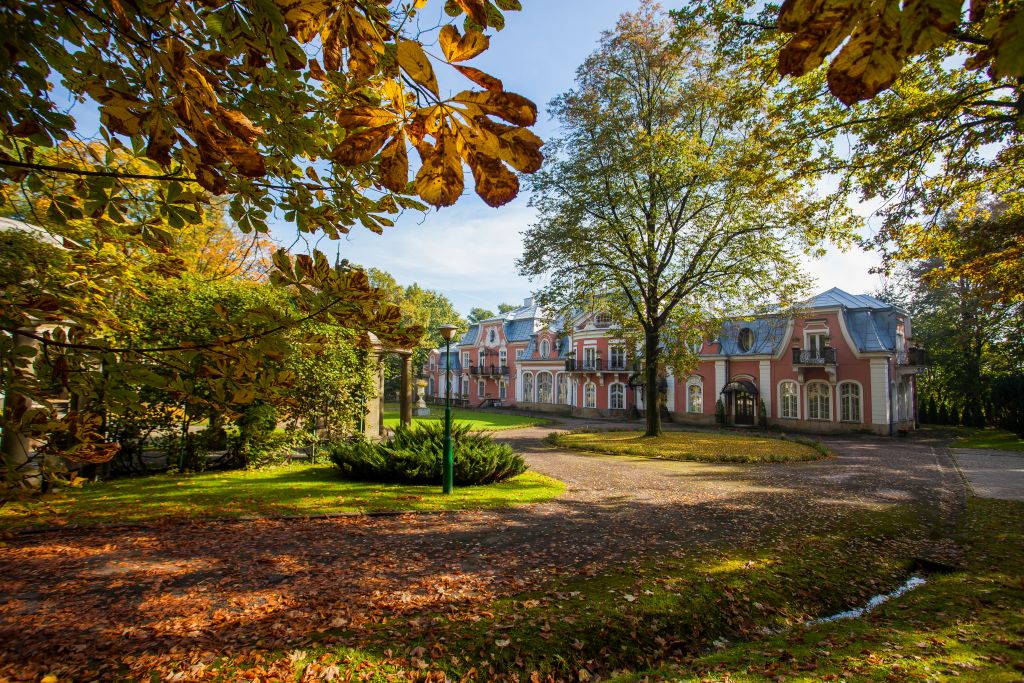
The genesis: Gorlice was set up around 1355 by Dersław Karwacjan – a Cracovian councilor and banker. The town was formed on Magdeburg rights in 1417 by a Polish King - Władysław Jagiełło. This place was famous for its markets, numerously visited by merchants from Biecz, Nowy Sącz, Cracow, Bardejów, Peszt and Debreczyn. At the beginning of the 19th century Gorlice was called “a little Danzig”, as it had the privilege to organize weekly markets and twelve fairs during a year. Over the centuries the town had its ups and downs. Gorlice contributed to the economic development due to the “black gold”- rich deposits of oil discovered in the second half of the 19th century. Sadly, this place also remembers the tragic events of the World War One.
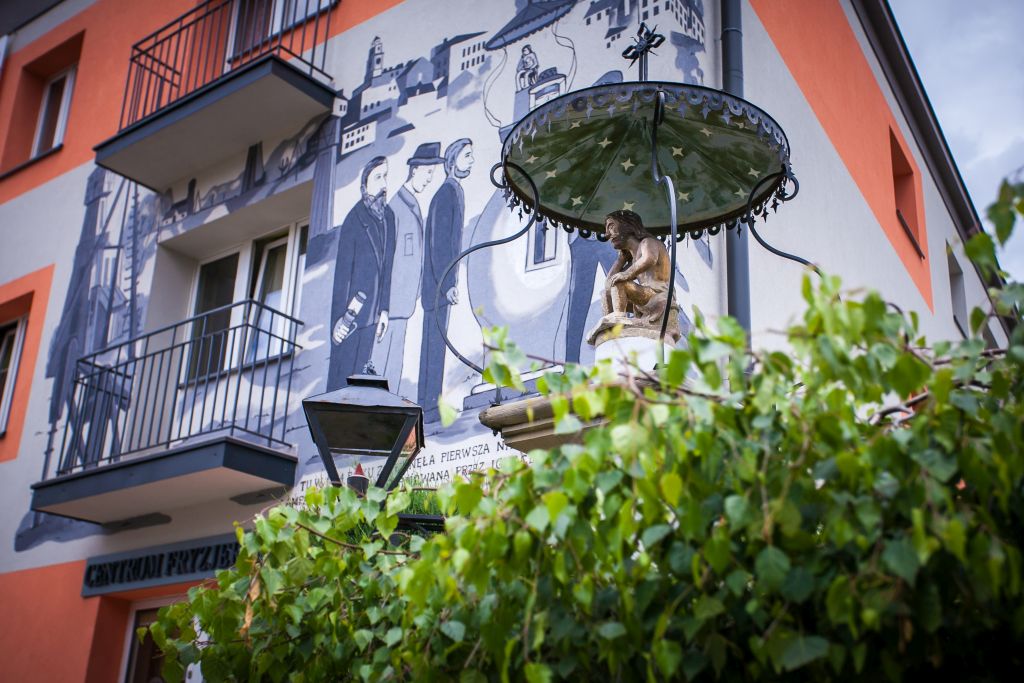
The first in the world street oil lamp. The 19th century was a period of a rapid development of the oil industry in Gorlice, which turned out to be situated on rich deposits of “black gold”. At that time in the landscape of the Beskid forests many drill towers appeared and Gorlice became famous for its oil extraction. In 1853 Ignacy Łukasiewicz, world-renowned pioneer in petroleum industry, pharmacist and discoverer, moved to Gorlice. As the effect of his studies and experiments, the first in the world street oil lamp was constructed. To commemorate this event, a shrine with a sculpture of the Pensive Christ was erected in the historical part of the town – at a place where in 1854 the street oil lamp was lit by the town councilors for the first time in the human history.
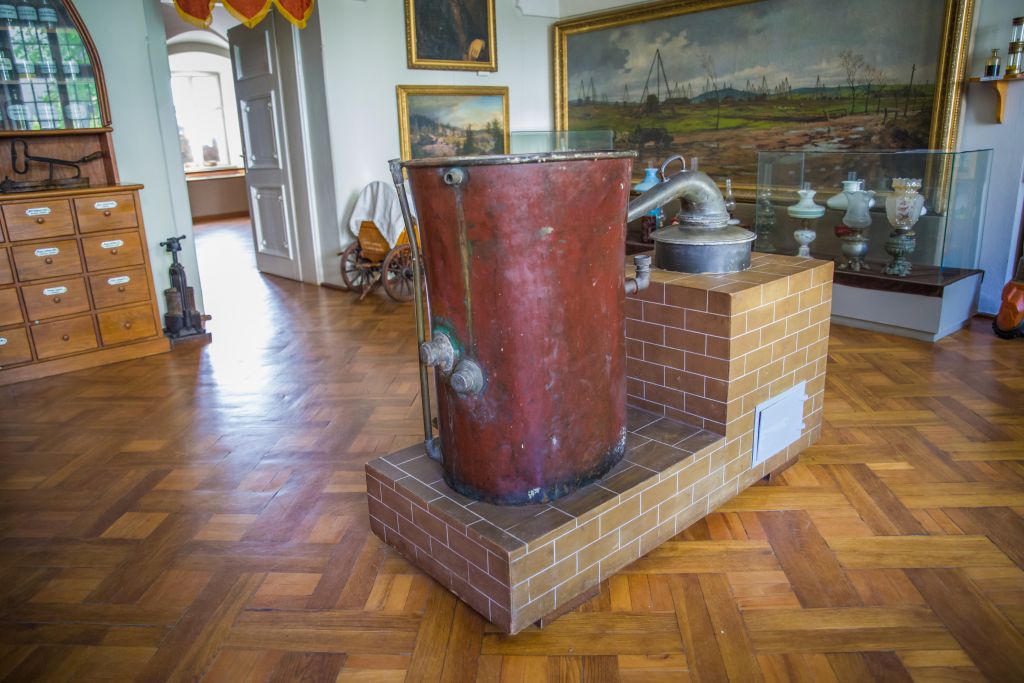
In the PTTK Regional Museum you can see an interesting exhibition of memorabilia after Ignacy Łukasiewicz. You are also invited to visit the Open-Air Museum of the Oil Industry “Magdalena” which was designed to faithfully present the history of Gorlice’s oil industry and to preserve its remnants. The facility includes a shaft with a wooden drilling as well as devices, machines and tools for petroleum oil exploration. Inside, you may not only see the tools used for extracting oil more than 100 years ago, but also have a try at lighting fire with bellows in the forge and see the beautiful panorama of Lower Beskids mountains from the drill tower.
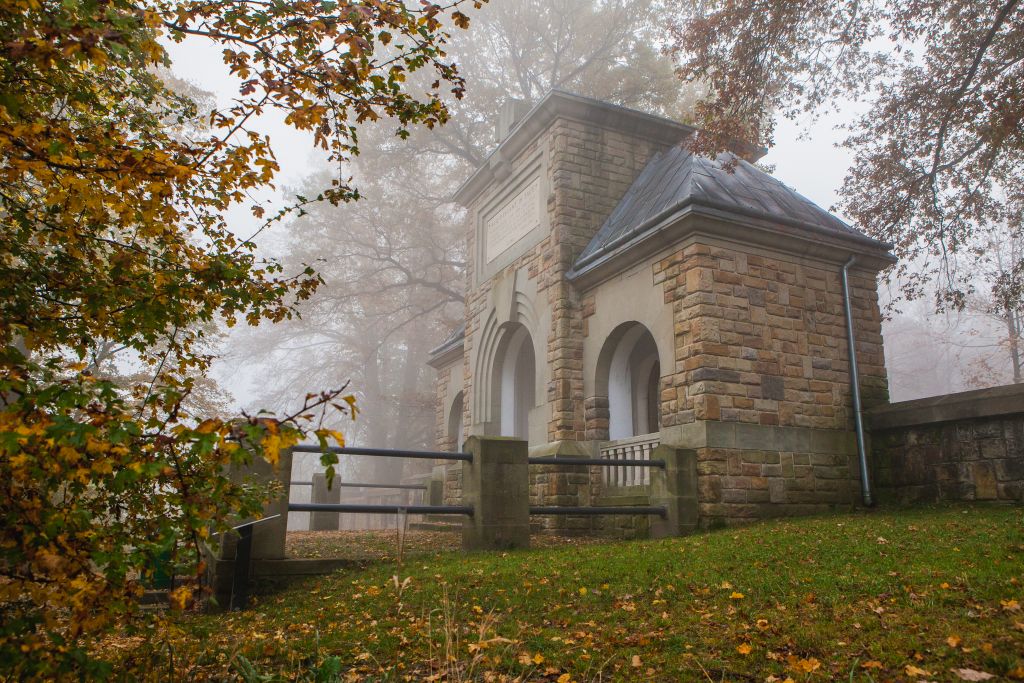
A battle that changed the fate of Europe
The tragic events of the year 1915 left their mark on Gorlice. On the 2nd of May 1915 a big offensive of the Central Powers against the Russian army started. As a result, Russians began a retreat in a direction of Przemyśl and to the very end of the war they were unable to regain their lost position. The Battle of Gorlice is considered as one of the largest on the Eastern Front – over 20 thousand soldiers fell in this battle. As a reminder of these dramatic events we have many, architecturally beautiful military cemeteries, including a necropolis on the Cemetery Hill, where over 800 soldiers of the Austro-Hungarian, Prussian and Russian Army rest. For being on the memory of our time, Gorlice had to pay a terrible price: 80% of the buildings were destroyed and due to shelling and bombing several hundreds of inhabitants met their death. Every year from 1-3 May together with the historical reenactment groups, we celebrate the anniversary of this memorable Battle. In the PTTK Regional Museum visitors can see a rich exposition of memorabilia, including the elements of armaments and military uniforms, interactive maquette and an exhibition of wax figures.
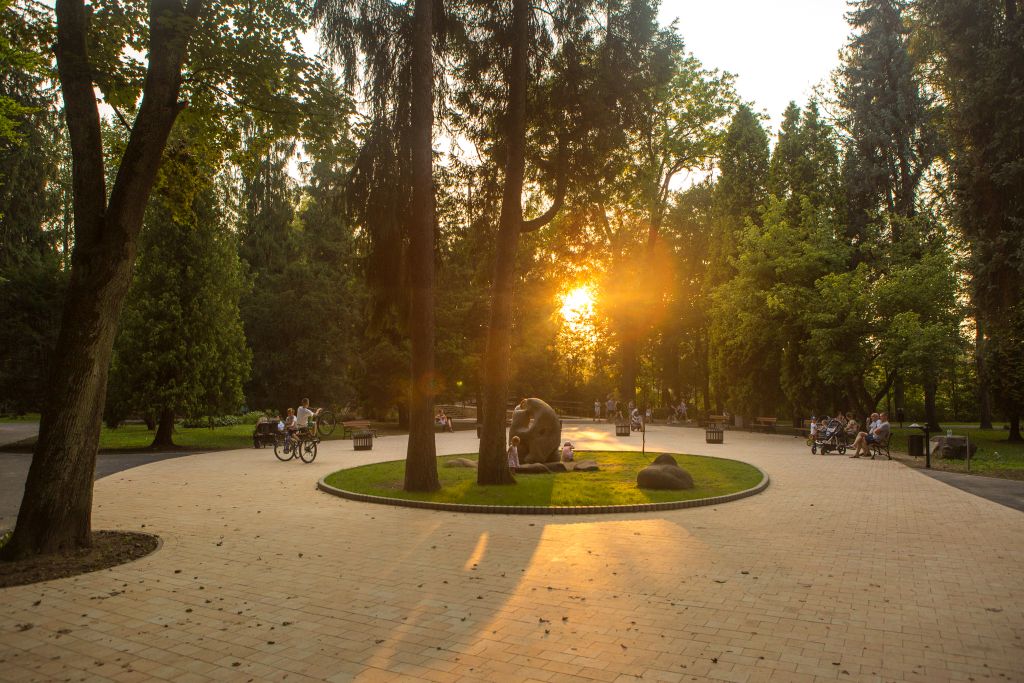
Thanks to the beautifully renovated sixteenth century Karwacjan Manor House we also remember about the times of our town’s glory. Today the building serves as a museum and art gallery. We have also some historic shrines: beautiful shrine from 1664 at the Kręta Street and a shrine with a sculpture of the Pensive Christ, which is situated at the place where in 1854 the first street oil lamp appeared. The Town Hall used to house a pharmacy where Ignacy Łukasiewicz conducted his experiments between 1853 and 1858. A reminder of the pharmacy is a fresco painting of a Greek Goddess Hygieia, the patron of pharmacists, visible in the town hall foyer.
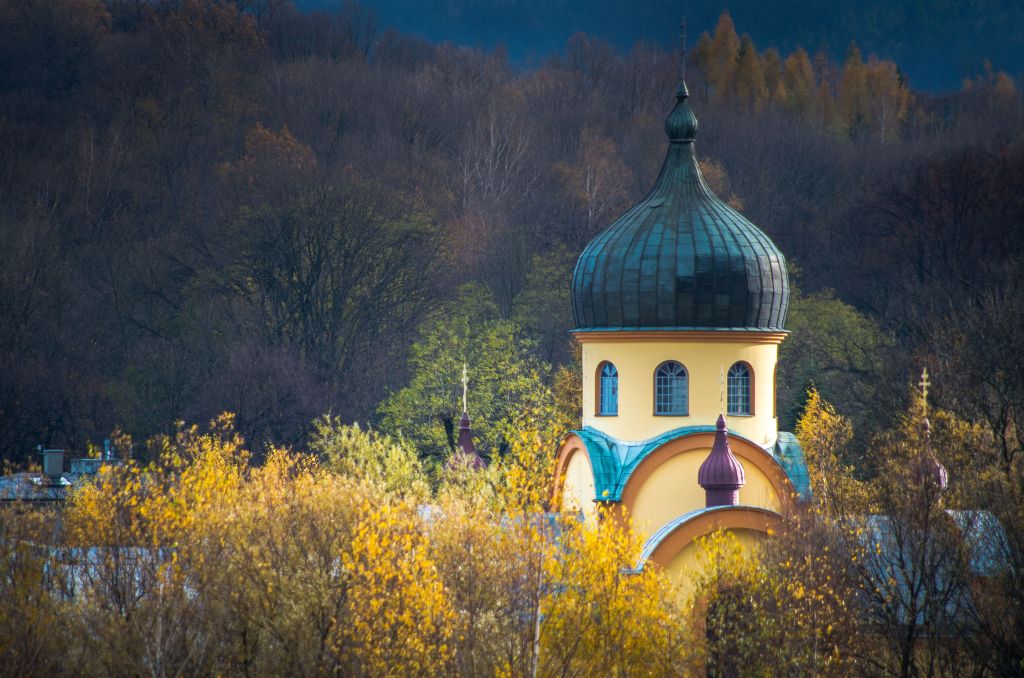
Among other unique relics in Gorlice there are: 200 years old parochial cemetery and partially renovated Jewish cemetery at the Stróżowska Street. While sightseeing the old town, you should visit the Basilica and go on the top of the Town Hall to admire Gorlice from a bird’s eye view.
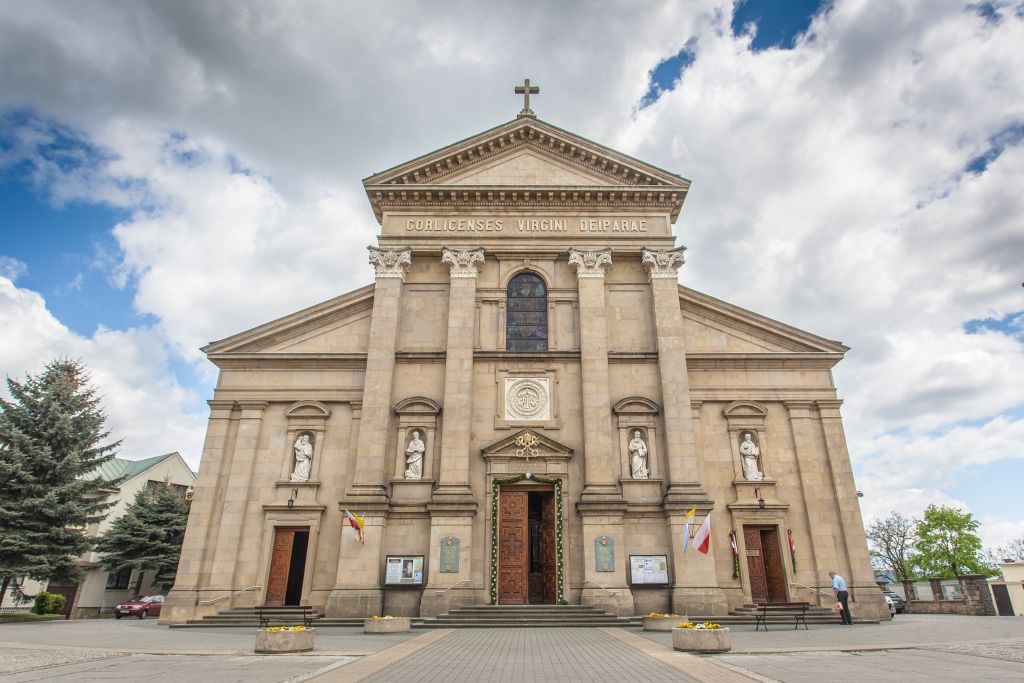
Another worth seeing spot is one of the oldest town parks in Poland. The Wojciech Biechoński Town Park was established in 1900 and is a part of a sports complex that is comprised of the stadium, the ice rink, the tennis court, the sports hall, the skatepark, the beach volleyball court and the swimming pool.
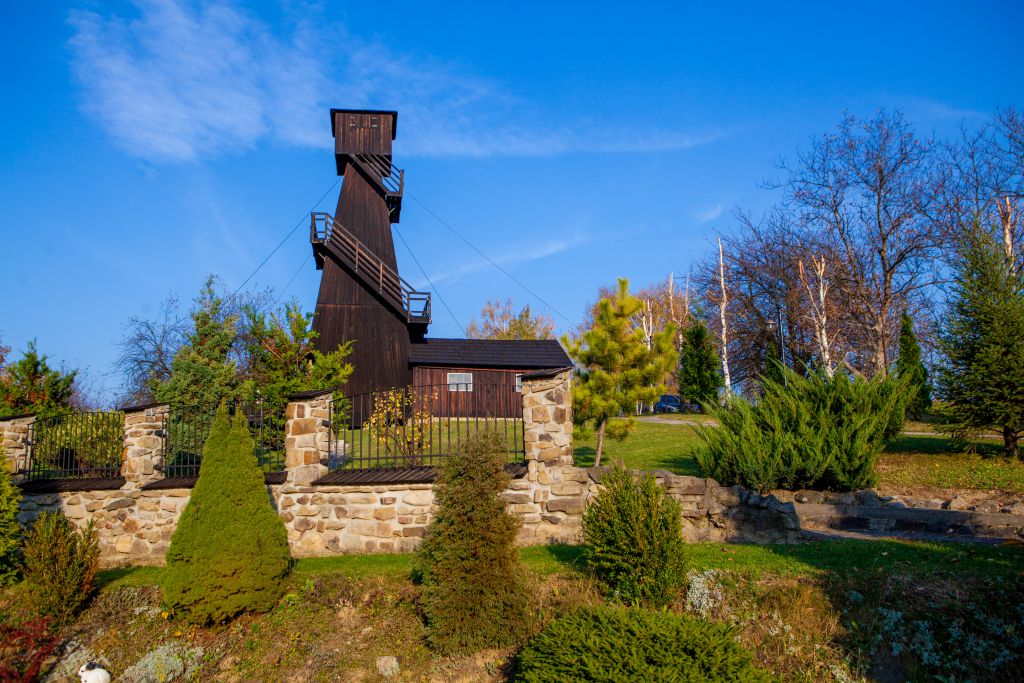
Active lifestyle in Lower Beskids
If you prefer spending your free time actively, Gorlice is a perfect destination for you. You can walk around the Magurski National Park and visit other landscape parks. You have the perfect chance to explore many old monuments, architecturally inimitable WWI necropolis and wooden churches which are inscribed on the UNESCO World Heritage List. We highly recommend visiting Biecz, which is a lovely, medieval town located near Gorlice. If you are longing for relaxation, health spas in Wysowa-Zdrój and Wapienne are definitely worth coming. A lot of bike paths, ski lifts and jogging paths are waiting here for you as well. You can spend wonderful time at the biggest in Europe horse stud farm “Gładyszów” in Regietów or you can choose to go swimming and sailing at an artificial lake in Klimkówka. For those who are eager for exciting adventures, we organize many sports events:
- Weekend Naftowy (running and rollerblading)
- New Year’s Run (several hundred participants from whole Europe)
- Mountain Race – Magura Małastowska, Gorlice-Małastów
We would also like to invite lovers of electronic music for an annual festival “AMBIENT” and admirers of literature for The Festival of Zygmunt Haupt.
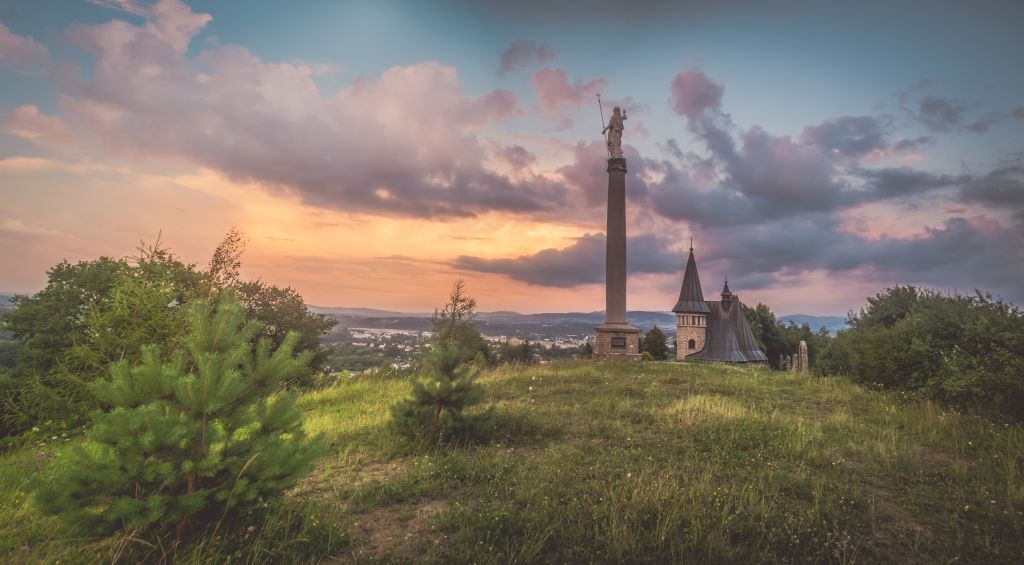
Gorlice, despite its beautiful location in Low Beskids and many tourist attractions, is still a place where industry and entrepreneurship is developing rapidly. There are many businesses with long traditions that managed to survive difficult years of the Polish economy transformation and are still prospering very well on the free market, producing and providing services on a European scale.

